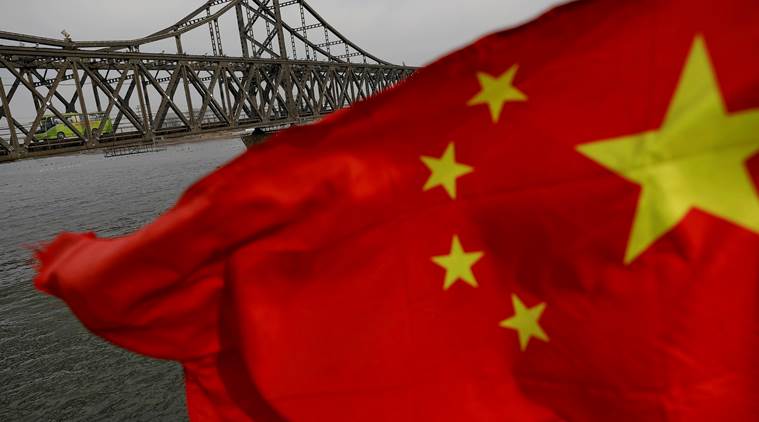China’s problem now: ageing population
According to the UN, in just 20 years, the proportion of China’s elderly will double from 10 to 20 per cent (2017 to 2037) and rise as high as 44 per cent by 2050.

China is also facing the flip side of this sharp decline in birth rate: a looming ageing crisis. (Representational Image)
In the late ’70s, fighting its population burden, the Chinese government put in place a restrictive one-child policy. Since then, the authorities claim to have averted nearly 400 million births. The 2010 census pegged China’s population at 1.34 billion, an increase of 5.84 per cent over 2000. In comparison, India’s population growth rate was 17.70 per cent. Also, China is nearly three times India’s size. That means it has a population density of 148 individuals per sq km to 450 for India.
However, China is also facing the flip side of this sharp decline in birth rate: a looming ageing crisis. In the ’80s and ’90s, the Old Dependency Ratio, which refers to the number of elderly population that every 100 people of working ages will take care of, was pegged at 8.3 in China. It now stands at 15.9. According to the UN, in just 20 years, the proportion of China’s elderly will double from 10 to 20 per cent (2017 to 2037) and rise as high as 44 per cent by 2050.
1m 50s
These numbers mean there is an even greater burden on China’s one-child policy generation who have grown up without any siblings. Once they grow up they will face the financial burden of looking after not only own parents but also their four grandparents. Chinese sociologists call this 4-2-1 family structure and say this will hurt purchasing power in the long run.
What has further compounded the problem is the low fertility rate in China, with a lot of people not having children. This figure now stands at 1.57 births per woman, which is not enough to replace China’s dying population. The replacement rate that China requires is 2.1 births per woman. In 2016, realising the problem it was facing, the Chinese government scrapped the one-child norm and said couples could have two children. However, even though the number of births that year spiked by 1.5 million (to 17.86 million), the next year they again came down (to 17.23 million).
This reluctance to have more children is blamed on the costs of raising children in China, especially in the urban centres. Experts have now suggested subsidies and tax breaks to encourage more children — with some speculation that the government may scrap the child-limit norms completely.
For all the latest World News, download Indian Express App






































No hay comentarios:
Publicar un comentario